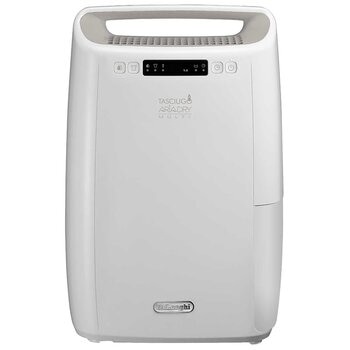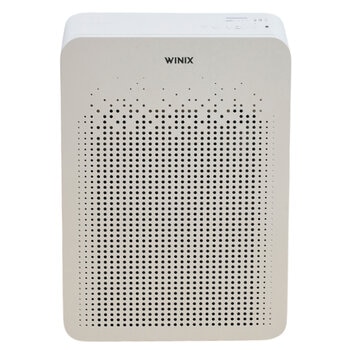Expert advice for keeping allergens at bay.
As winter fades to spring and the landscape begins to renew itself, thousands of Australians who have seasonal allergic rhinitis (hay fever) know this time of year brings pollen, which causes uncomfortable reactions like itchy eyes and a stuffy nose. Many more people live with perennial allergic rhinitis, caused by allergies to animal dander, dust mites and mould spores. These can remain in the home all year round.
Some allergens, like pollen, may be unavoidable, but there are steps you can take to limit them inside your home, says Dr Jaime Del Carpio, an allergist at Montreal’s McGill University Health Centre. “The most common indoor allergen is dust mites,” he explains. “For these, we recommend impermeable covers [for mattresses and pillows] specially designed for dust mites.”
Dr Del Carpio spoke to the Connection about the simple steps you and your family can take to help stop seasonal sniffles.
Do the laundry regularly
To begin with, bed linen should be laundered weekly in hot water and a hot dryer. Items that can’t be washed in hot water, such as wool blankets and stuffed animals, can be placed in a freezer for 24 hours to kill the mites.
Watch the humidity
Additionally, keeping a low humidity level – about 35 per cent – is also important as dust mites and mould thrive in humidity. While it can be hard to avoid mould spores outside, you can control the inside environment by keeping your windows closed and using air conditioning, says Dr Del Carpio. If you don’t have an air conditioner, a dehumidifier can help.
Filter the air
Pet dander and dust can be reduced by limiting the number of objects in the house they collect on. “Keep it simple; keep it scarce,” recommends Dr Del Carpio. But how often you clean (vacuum, dust, mop) depends on many variables, he adds. For example, some houses accumulate more dust than others. Air purifiers with high efficiency particulate air (HEPA) filters can help reduce allergens in the home too, says Dr Del Carpio.
According to Costco member Brian Zollar, director of business development at Costco supplier Guardian Technologies, “HEPA filters will get 99.9 per cent of the particles, down to 0.3 microns.” To maintain the purifier’s efficiency, change the filters every three to six months, depending on how often the machine is used, he adds.
Air purifiers can be run all day, so your home’s air is always clean, but if you don’t like the idea of it running constantly, Brian suggests looking into smart air purifier apps that allow you to turn on your machine before you get home.
Need an air purifier?
Brian Zollar of Guardian Technologies offers three key pieces of advice.
Air movement is important
Determine how well a prospective purchase will work by looking at the Clean Air Delivery Rate (CADR). The CADR expresses the clean-air delivery rating of an air purifier in cubic feet of air cleaned per minute. The higher it is, the better.
Get the right-size machine
Most manufacturers indicate room measurement, but a good rule of thumb is to ensure the unit can handle a room that’s at least one third greater in size than the space you wish to filter. If you’re using the unit to treat adjoining rooms, you’ll need to have an understanding of the combined area of each room.
Find the features you need
Make a list of what you need your air purifier to do and look for features that fit the bill. Activated charcoal is needed to eliminate odours. Or look for special pet dander filters, if you need that.











